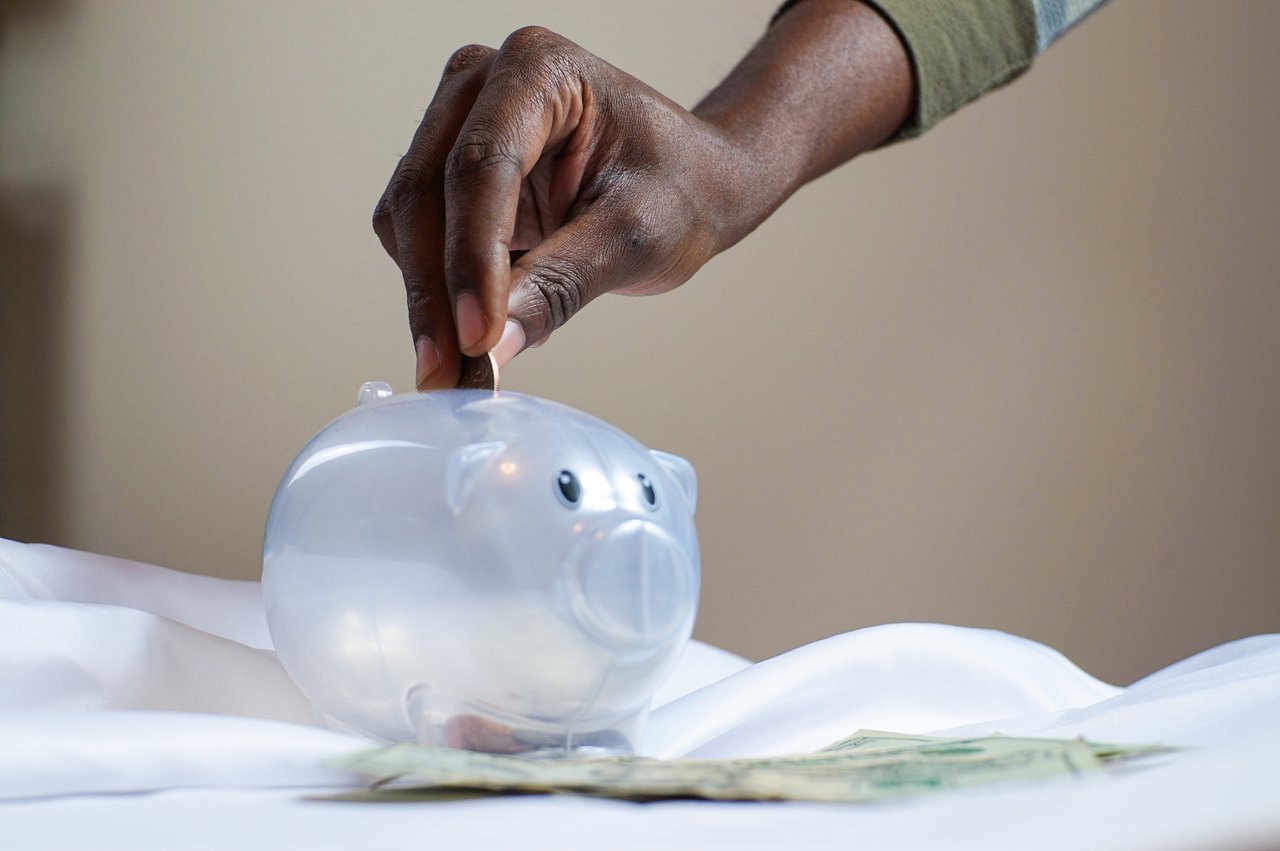Managing your budget can be difficult and stressful, especially when unforeseen emergencies arise. Most of us have experienced some type of unexpected financial situation – from unforeseen medical expenses to sudden drops in income, these setbacks can spell financial ruin. Life happens fast and unexpected expenses are inevitable. Fortunately, there is a way you can prepare for unexpected financial emergencies. By building a small emergency fund, you can avoid long-term financial hardship.
It is generally recommended that you set aside the equivalent of three to eight months’ worth of living expenses in an emergency fund by financial experts. For the average American, this is a tall order. According to the most recent statistics from the U.S. Census Bureau, the median household income in 2017 was $61,372, and according to the Bureau of Economic Analysis, the personal savings rate of disposable income was 6.1 percent in May of 2019. Considering that the average household credit card debt in the United States is $8,284, and that college graduates with a bachelor’s degree who took on debt carried an average of $28,650 in student loans in 2017, saving even the minimum recommended amount of three months’ worth of living expenses is almost impossible for most.
According to a 2018 Federal Reserve survey, 40% of Americans would struggle when faced with a $400 emergency expense. Given these statistics, putting a more manageable sum aside for a small emergency fund is a more realistic option for most Americans.
What is an emergency fund? An emergency fund does not have to be a large, unattainable amount – it can start small and be contributed to over time. How much you should save is dependent upon your lifestyle and individual goals, so it will not be the same for everyone. Even if yours is comparatively small, having an emergency fund will give you the peace of mind to know that when the unexpected happens, such as you losing your job, or a global pandemic (!) you have the resources to manage your situation without having to worry about the associated financial impact.
So how much should your emergency fund be? Building a small emergency fund is the first step to establishing the full recommended fund of six to eight months’ worth of living expenses. Starting a small emergency fund with about $500 to $1,500 is more realistic for many Americans and will put you on the path to building a fully stocked emergency fund.
How do I determine what monthly expenses to cover? Monthly expenses vary from person to person, but the basic rule of thumb is to consider what expenses you need to cover in order to continue living your life without any income. While some choose to include things beyond basic needs, others opt for a more basic emergency fund that will cover just basic necessities and bills. You should settle on a number you are comfortable with, and that will not cause undue stress should you find yourself needing to make the cuts for which you’ve budgeted.
Why do you need an emergency fund, anyway? No matter how much you make or how secure you feel in your current job, everyone will likely face more than one financial emergency in their lifetime. Being prepared with an emergency fund is the best way to avoid financial ruin that emergency situations can cause.
What are some examples of financial emergencies with which an emergency fund could help? Here are a few examples of typical financial emergencies you might face:
Loss of a job. There are many reasons you might lose your income beyond being fired of laid off. Other emergencies might require you to relocate (e.g. a loved one falls ill, requiring you to move across the country to care for him/her). In any case, losing your source of income is a very real possibility for just about anyone.
Medical emergencies. An emergency fund can be used for more than the loss of a job. Everyone gets sick or injured at some point in their lives, and the bills associated with these medical emergencies can be considerable, and for many, unaffordable.
Vehicle repairs. Many people rely on their car as their main means of transportation. When your car breaks down, it can cause a ripple effect throughout your life. Everyday tasks like driving to work or taking your kids to school are no longer possible, and many people don’t have the cash on hand to fix their vehicle right away.
Unexpected Home Repairs. Unexpected home repairs and improvements seem to always come at the most financially inconvenient time. In 2018 the average home repair cost homeowners between $2,000 and $5,000 and the average home renovation project can easily cost over $10,000! But what do you do if you have needed repairs that you can’t afford?
While starting a small emergency fund is a more realistic option than socking away three to eight months’ worth of living expenses, it is still difficult for many to save much at all when so many households in the U.S. are struggling just to make ends meet.
I Have An Emergency But No Money Saved…. NOW What Do I Do?
If this sounds like you, a personal loan might be a great option.
Personal loans can help you get the cash you need for emergency situations. From unexpected car repairs to unforeseen medical expenses, personal loans are a great way to get the cash you need when you need it most.
Latitude 32 Credit Union offers affordable, safe personal loans at low rates with flexible terms. If you have questions about starting an emergency savings fund or getting a personal loan contact the Latitude 32 Credit Union team today.

